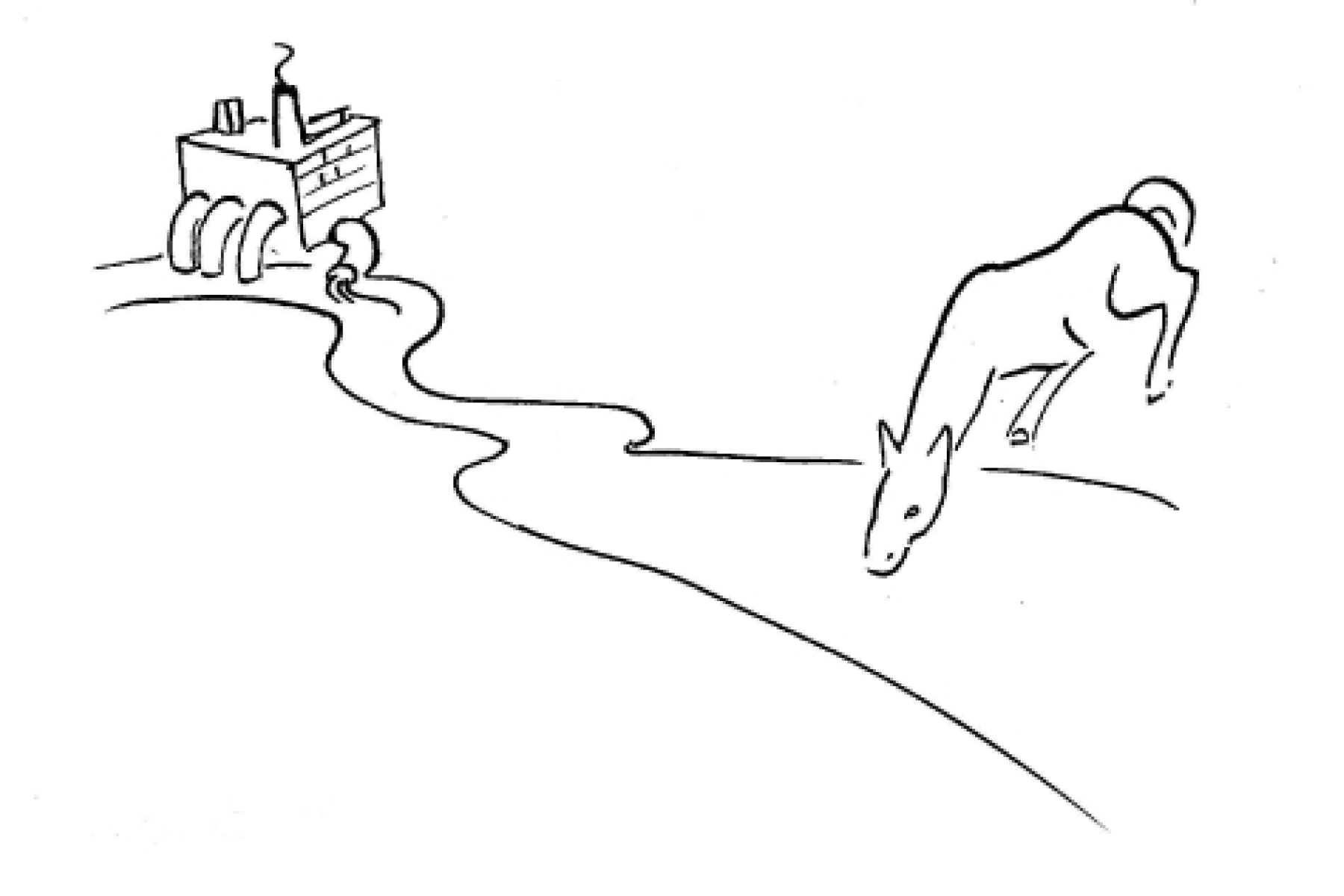
The Context
We've been told by numerous organizations, scholars, journalists and executives that innovation for innovation's sake is categorically bad. It's a naïve waste of time, labor and money to do things that don't create real value for customer needs or support the overall business strategy. The flaw in this argument is, it fails to account for the positive downstream effects of the innovation process, regardless of the outcome. Because every organization benefits from their creative efforts, even if the product ultimately fails in the market, even if the product never makes it to the market. The production of high quality, original and elegant solutions to problems, and the process of crafting of those solutions into new products, processes and services is a net win across the board. Giving your team members the opportunity to do this kind of work is how organizations build a more satisfied and intrinsically oriented work force, and ultimately, a brand that sticks.
The Tool
Trajectory
TRAJECTORY -- The positive downstream effects of the innovation process, regardless of the outcome
Consider the space program. Numerous shuttles have never even made it into orbit. But those ships significantly advanced our country's ability to explore outer space. They allowed future explorers to make key advancements in a range of scientific and technological fields. In fact, many air and space museums have exhibits that demonstrate long term positive effects of those very innovations, even if they appeared flawed at their inception. Like titanium alloy, a metal used to build ships, which is now used in golf clubs. Or the ceramic tiles on shuttles which later paved the way for the innovative technology doctors now use to replace human hips. And let's not forget about scratch resistance lenses, invisible braces, water guns, swimming race suits, digital photography, solar panels and memory foam. All of these everyday wonders were positive downstream effects of supposed innovation failures. And so, the true trajectory of the space program isn't limited to the flights themselves, but the contributions that extended beyond the bounds of space.

Scott's Take
The above example from the space program comes from an actual creative pitch. My team at our innovation studio recommended it as an exhibit for a local history museum. Trajectory, funny enough, was the name of the program. Their curation team loved it. Unfortunately their budget wasn't millions of dollars, so it never got lift off. But our founder told us, guys, this proves that there's no such thing as innovation for innovation's sake. Innovating always serves a meaningful human purpose. The morale boosting value of the creative process is more valuable than the actual opportunity discovered. The fact that someone challenged themselves to solve interesting problems, the fact that a team bonded and learned new skills by making something together, that's proof enough that innovating was a worthwhile endeavor.
The Rest
This is exactly the kind of culture people want to be part of. If the organization values the positive effects of the creative process, regardless of the outcome, then they'll have a workforce that comes through the door feeling intrinsically motivated to do great work, every day. Considering seventy employees are reported to be actively disengaged from their jobs, maybe innovation for innovation's sake is exactly what companies need. How will your organization use the trajectory of innovation to send your brand into orbit?
The Benefits
Boost morale for disengaged or burned out teams
Build a more satisfied and intrinsically oriented work force
Consistently produce high quality, original and elegant solutions to problems
Create a top tier employer brand that attracts, motivates, and retains creative individuals